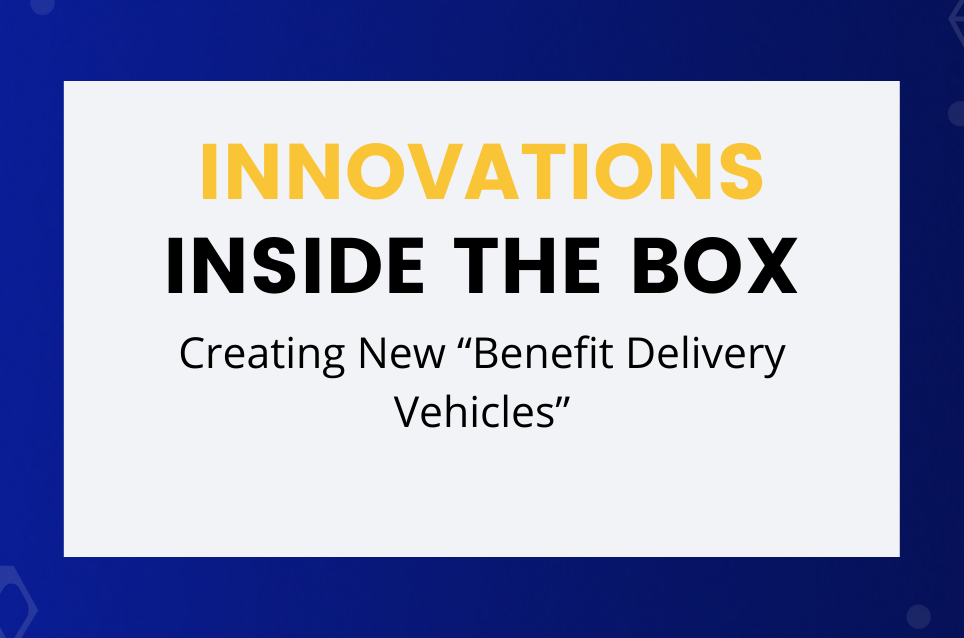Innovation is all about delivering value to customers, and you do that by offering them the right products and services. Think of products and services as benefit delivery vehicles. They’re a collection of various features that create value when customers use them.
So how do you build the right product or service? For that, you need to do a detailed comparison of how your product compares to the competition’s, feature by feature.
You’ll also need to do a customer analysis, especially on what factors are most important to customers when they buy a product as well as how they perceive your brand versus the competition.
Finally, you’ll need your marketing strategy as expressed in your value proposition. As an innovator, you have to give your development team guidance on four aspects so they build the right product.
First is what features the product must have to compete against the competition and also satisfy the customer. You have to especially guide them on what feature or features to emphasize the most. Look at your value proposition. What benefit are you promising? Then look at your competitive comparison. Find a benefit and its associated features where you outperform the competitors. You want to make sure those features are most evident when the customer uses the product.
Next, your development team needs guidance on performance of each feature. Once again, your value proposition should guide you on whether the product needs to work better than, the same as, or slightly less effectively than the competition. Also look at your market research. If consumers perceive your product as less effective on a particular feature, you may need to have the development team increase its performance.
Your development team also needs guidance on design, meaning the “look and feel” of the product or service. What does your brand stand for? Given that, what must your product or service look like to express that brand essence?
Finally, your team must think of the product or service as an entire customer experience. Think of each step as a touch point, where you as the innovator have an opportunity to figuratively touch the customer with something about your product or service. Touch points include things like the service customer’s get in a store and how your products are displayed. It also includes things like the packaging and perhaps the instructions on how to use the product. Everything the customer comes in contact with, including things online, are touch points.
Based on their experience at each touchpoint, the customer will form beliefs about what your brand stands for, whether it’s consistent, believable, and authentic. The more authentic, the more loyal your customers will become. And that’s a very good way to build your business.





